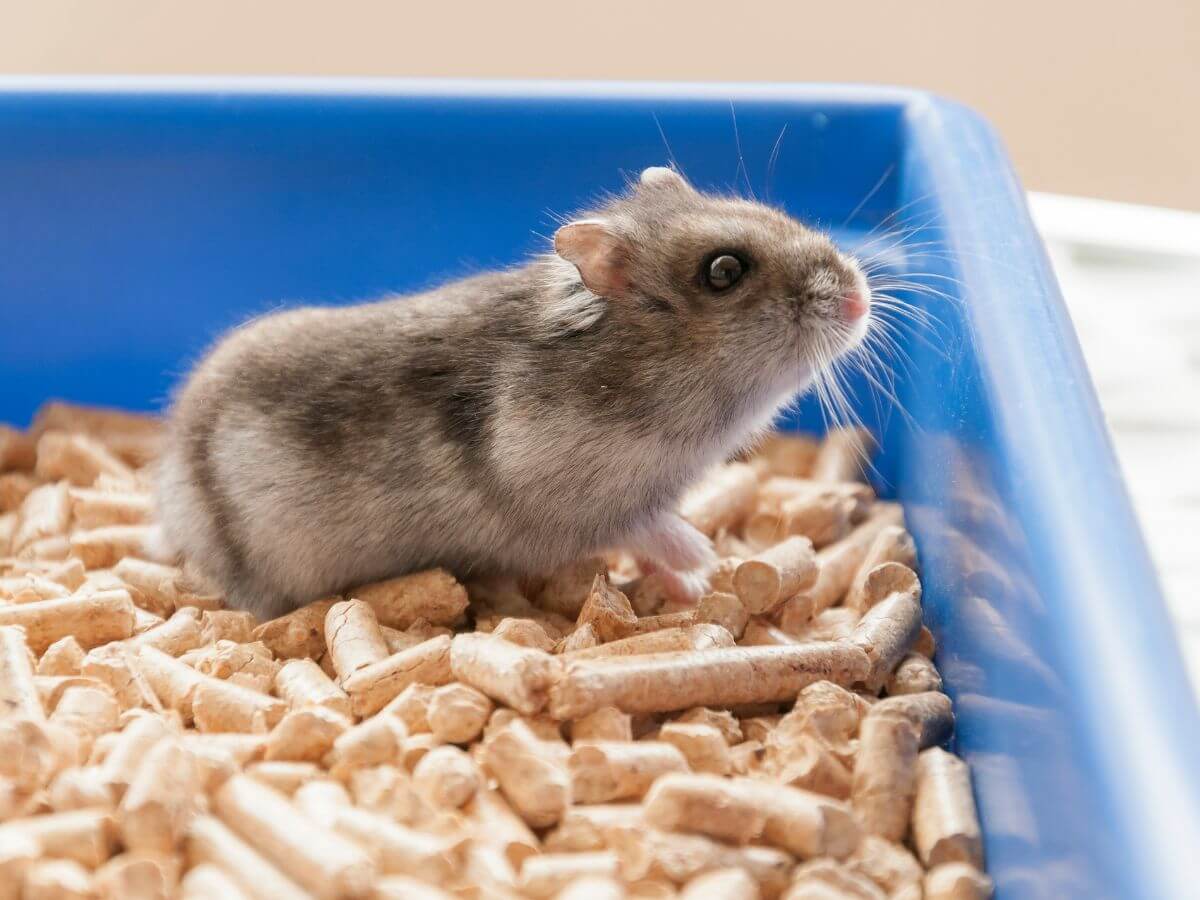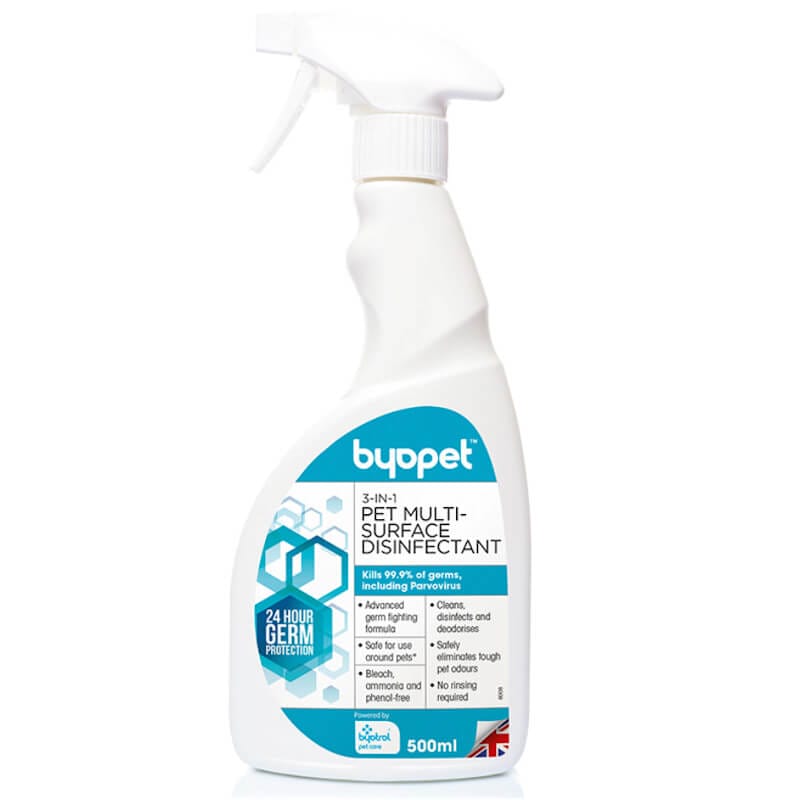
Keeping your hamster’s cage clean is essential for their health and happiness. A dirty cage can lead to a variety of health problems for your pet, as well as affect their behavior and overall well-being. Regular cleaning and maintenance of your hamster’s cage will not only prevent these issues but also provide them with a clean and comfortable living environment.
Key Takeaways
- A clean hamster cage is crucial for your pet’s health and happiness.
- You’ll need supplies like bedding, food, water, and cleaning tools to keep the cage clean.
- Daily tasks like spot cleaning and refilling food and water are important for your hamster’s well-being.
- Weekly tasks like changing bedding and washing toys help keep the cage sparkling clean.
- Monthly tasks like deep cleaning the cage and accessories prevent the buildup of harmful bacteria and odors.
The Importance of a Clean Hamster Cage
A dirty hamster cage can have negative effects on your pet’s health and behavior. One of the most common problems that can arise from a dirty cage is respiratory infections. Hamsters are prone to respiratory issues, and a dirty cage can exacerbate these problems. Dust, mold, and bacteria can accumulate in the bedding and on surfaces, leading to respiratory distress for your pet.
In addition to respiratory problems, a dirty cage can also cause skin irritations for your hamster. Bacteria and dirt can get trapped in their fur, leading to itching, redness, and even infections. Regular cleaning of the cage will help prevent these issues and keep your hamster’s skin healthy.
A clean cage is also important for your hamster’s behavior and overall well-being. Hamsters are naturally clean animals and prefer to live in a tidy environment. A dirty cage can cause stress and anxiety for your pet, leading to behavioral problems such as aggression or excessive grooming. By keeping their cage clean, you are providing them with a comfortable and stress-free living space.
Getting Started: Supplies You’ll Need
Before you begin cleaning your hamster’s cage, it’s important to gather all the necessary supplies. Some essential items you’ll need include a cage cleaner or disinfectant, bedding, paper towels or cleaning cloths, a small broom or brush for spot cleaning, and a dustpan or vacuum for removing debris.
When choosing cleaning products for your hamster’s cage, it’s important to select safe and effective options. Avoid using harsh chemicals or cleaners that contain strong fragrances, as these can be harmful to your pet. Look for cage cleaners or disinfectants that are specifically formulated for small animals and are non-toxic. It’s also a good idea to choose bedding that is dust-free and hypoallergenic to prevent respiratory issues.

Byopet 3 in 1 Multi-Surface Disinfectant is a highly effective solution for keeping your hamster’s cage clean and germ-free. This powerful disinfectant is designed to kill up to 99.9% of germs including Parvovirus, bacteria, and viruses that may be present in your pet’s living space.
Not only does it eliminate harmful microorganisms, but it also deodorizes the cage, leaving it smelling fresh and clean. With its multi-surface formula, this disinfectant can be used on a variety of surfaces, including plastic, metal, and glass.
Daily Cleaning Tasks to Keep Your Hamster Healthy
To maintain a clean and healthy hamster cage, there are several daily tasks that should be done. Spot cleaning is one of the most important tasks and involves removing any soiled bedding or uneaten food from the cage. Use a small broom or brush to sweep up any debris, and then dispose of it in a trash bag or compost bin.
It’s also important to check the water bottle and food dish daily to ensure they are clean and filled with fresh water and food. Dirty water can harbor bacteria, so it’s important to clean the water bottle regularly. Similarly, uneaten food can attract pests and become moldy, so it should be removed from the cage daily.
Weekly Cleaning Tasks for a Sparkling Hamster Home
In addition to daily cleaning tasks, there are weekly tasks that should be done to keep your hamster’s cage clean and fresh. One of the most important tasks is changing the bedding. Remove all the old bedding from the cage and replace it with fresh, clean bedding. This will help prevent odors and keep your hamster’s living space comfortable.
It’s also a good idea to wash any toys or accessories in the cage on a weekly basis. Use warm, soapy water to clean plastic toys, and rinse them thoroughly before placing them back in the cage. For wooden toys, avoid using soap and instead wipe them down with a damp cloth.
Monthly Cleaning Tasks for a Thorough Deep Clean
Once a month, it’s important to give your hamster’s cage a thorough deep clean. This involves scrubbing the cage and disinfecting all surfaces to remove any bacteria or germs. Start by removing your hamster from the cage and placing them in a safe, temporary enclosure.
Next, remove all the bedding, toys, and accessories from the cage. Use a cage cleaner or disinfectant to clean the cage thoroughly, paying special attention to any areas that may have accumulated dirt or waste. Rinse the cage with water and allow it to dry completely before adding fresh bedding and returning your hamster to their clean home.
Tips for Dealing with Odors in Your Hamster’s Cage
Controlling odors in your hamster’s cage is an important part of maintaining a clean and comfortable living environment for your pet. One way to reduce odors is by using odor-absorbing bedding. Look for bedding that is specifically designed to control odors and replace it regularly.
Regular cleaning is also key to preventing odors. By spot cleaning daily and performing weekly and monthly deep cleans, you can keep your hamster’s cage smelling fresh. It’s also a good idea to avoid using strong-smelling cleaning products or air fresheners near your hamster’s cage, as these can be overwhelming for them.
How to Clean Different Types of Hamster Enclosures
The cleaning process may vary depending on the type of hamster enclosure you have. For wire cages, start by removing your hamster from the cage and placing them in a safe, temporary enclosure. Remove all bedding, toys, and accessories from the cage and use a small broom or brush to sweep up any debris.
Next, use a cage cleaner or disinfectant to clean the wire bars of the cage. Scrub any stubborn stains or dirt with a brush or sponge, and rinse the cage thoroughly with water. Allow the cage to dry completely before adding fresh bedding and returning your hamster to their clean home.
For plastic habitats, the cleaning process is similar. Remove your hamster from the cage and place them in a safe, temporary enclosure. Remove all bedding, toys, and accessories from the cage and wash them with warm, soapy water. Rinse them thoroughly and allow them to dry completely before placing them back in the cage.
Next, use a cage cleaner or disinfectant to clean the plastic surfaces of the cage. Scrub any stains or dirt with a brush or sponge, and rinse the cage thoroughly with water. Allow the cage to dry completely before adding fresh bedding and returning your hamster to their clean home.
Preventing Common Health Problems with a Clean Hamster Cage
A clean hamster cage is essential for preventing common health problems in your pet. Respiratory infections are one of the most common issues that can arise from a dirty cage. By keeping the bedding clean and free of dust, mold, and bacteria, you can reduce the risk of respiratory problems for your hamster.
A clean cage also helps prevent skin irritations. Bacteria and dirt can get trapped in your hamster’s fur, leading to itching, redness, and even infections. By regularly cleaning their cage and removing any soiled bedding or debris, you can keep their fur clean and prevent skin issues.
It’s also important to monitor your hamster’s health regularly and seek veterinary care when necessary. Regular check-ups with a veterinarian can help catch any health issues early on and ensure that your hamster is receiving proper care.
Maintaining a Clean and Happy Hamster Home
In conclusion, maintaining a clean hamster cage is crucial for your pet’s health and happiness. A dirty cage can lead to respiratory infections, skin irritations, and behavioral problems for your hamster. By following the tips and guidelines provided in this article, you can ensure that your hamster’s home is clean and comfortable.
Remember to perform daily cleaning tasks such as spot cleaning and removing uneaten food, as well as weekly tasks like changing bedding and washing toys. Monthly deep cleans are also important to thoroughly disinfect the cage and remove any bacteria or germs.
By keeping your hamster’s cage clean, you are providing them with a safe and healthy living environment. Your pet will thank you for it with their happy and active behavior.
FAQs
What is a hamster cage?
A hamster cage is a container designed to house a pet hamster. It usually consists of a plastic or wire frame with a solid bottom and a removable top.
Why is it important to clean a hamster cage?
Cleaning a hamster cage is important to maintain the health and well-being of your pet. A dirty cage can lead to the growth of harmful bacteria and parasites, which can cause illness or disease.
How often should I clean my hamster cage?
It is recommended to clean your hamster cage at least once a week. However, if you have multiple hamsters or a particularly messy hamster, you may need to clean the cage more frequently.
What supplies do I need to clean a hamster cage?
To clean a hamster cage, you will need a mild soap or detergent, warm water, a scrub brush, and a clean towel or paper towels. You may also want to use a disinfectant spray or wipes to sanitize the cage.
How do I clean a hamster cage?
To clean a hamster cage, remove your hamster and any toys or accessories from the cage. Dispose of any bedding or litter and wipe down the cage with warm, soapy water. Use a scrub brush to remove any stubborn stains or debris. Rinse the cage thoroughly with clean water and dry it with a clean towel or paper towels. Replace the bedding or litter and any toys or accessories before returning your hamster to the cage.
Can I use bleach to clean a hamster cage?
It is not recommended to use bleach to clean a hamster cage as it can be harmful to your pet. Instead, use a mild soap or detergent and warm water to clean the cage. If you want to sanitize the cage, use a pet-safe disinfectant spray or wipes.





